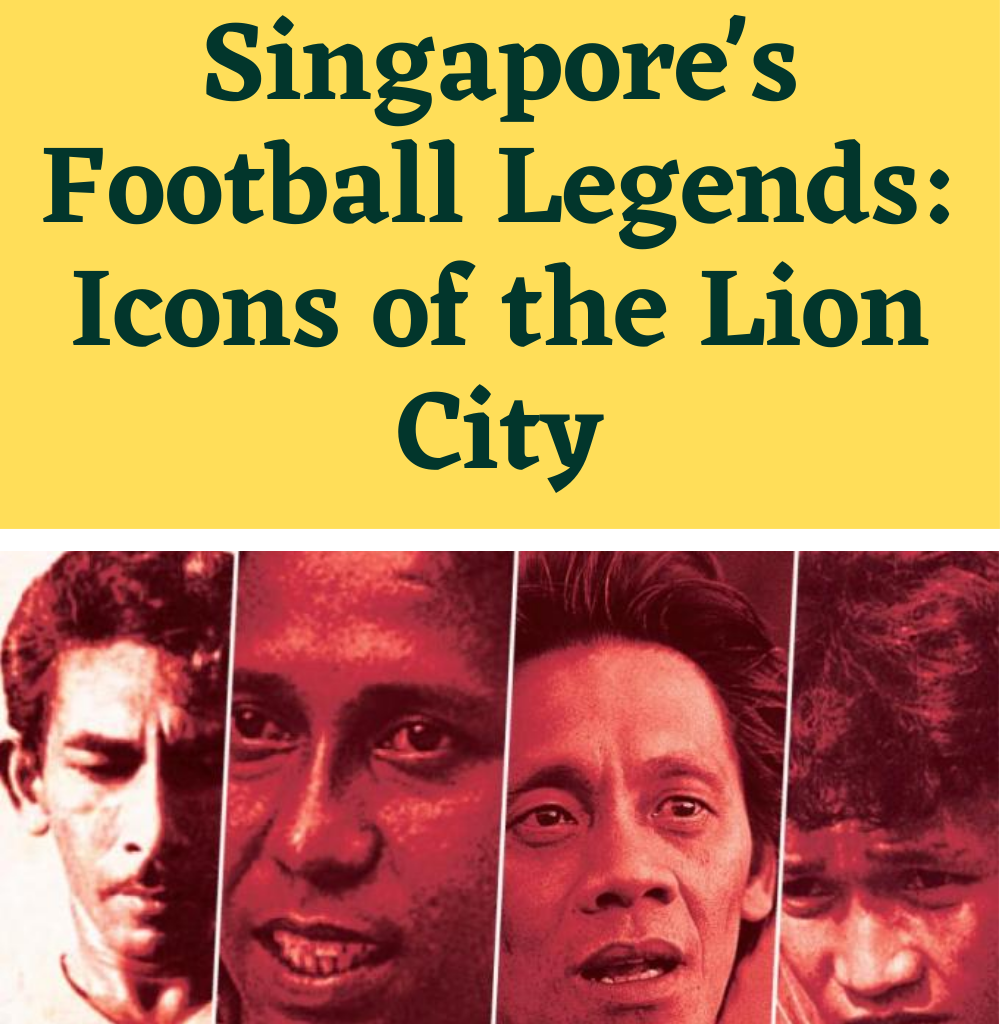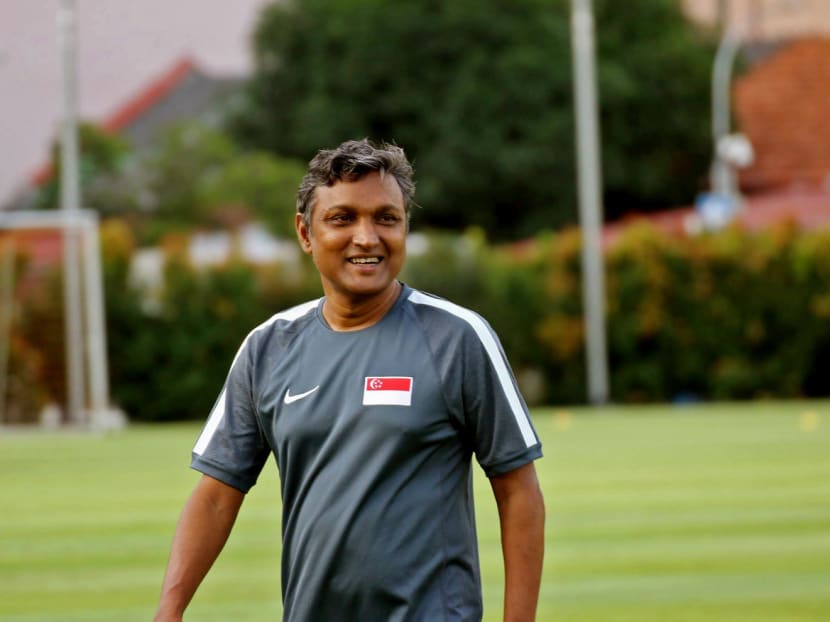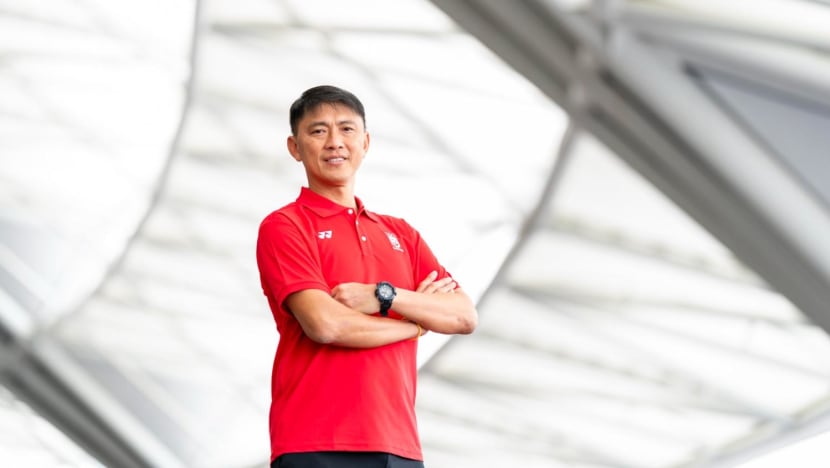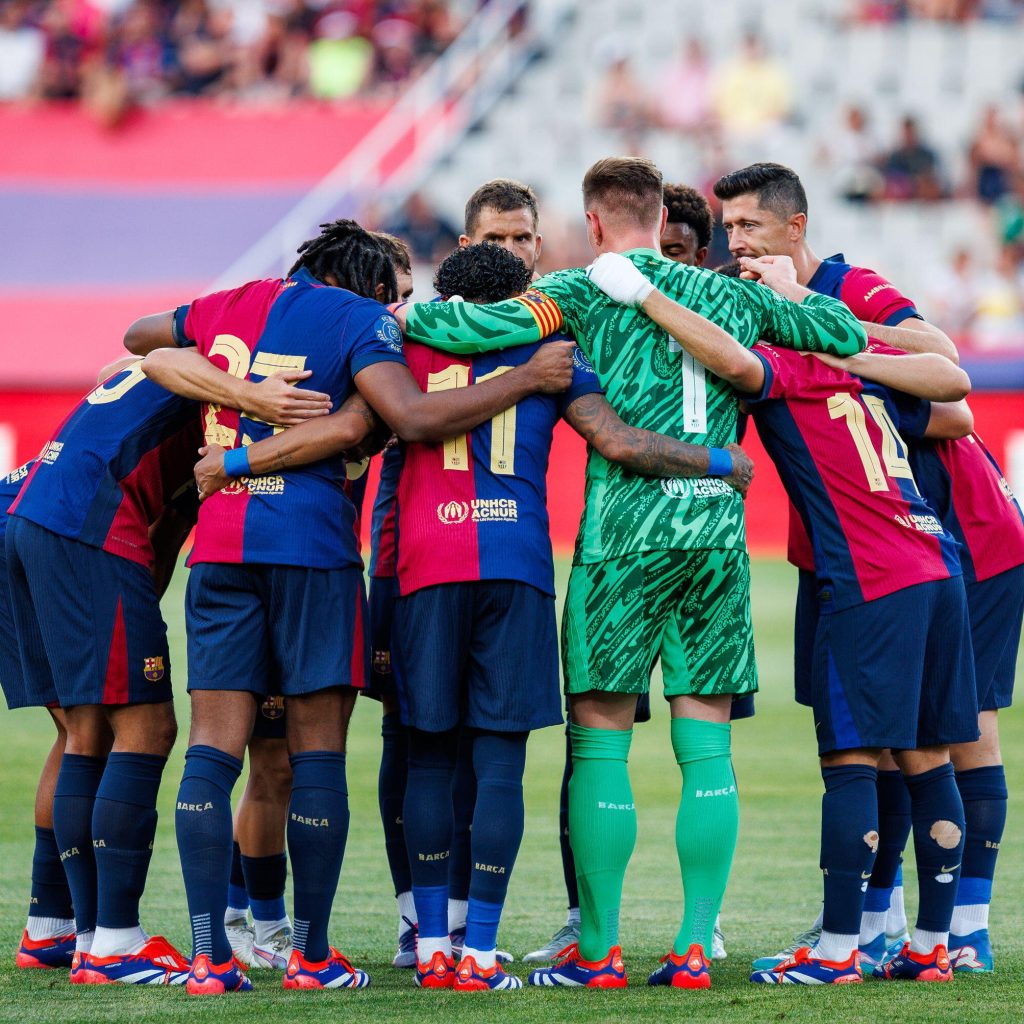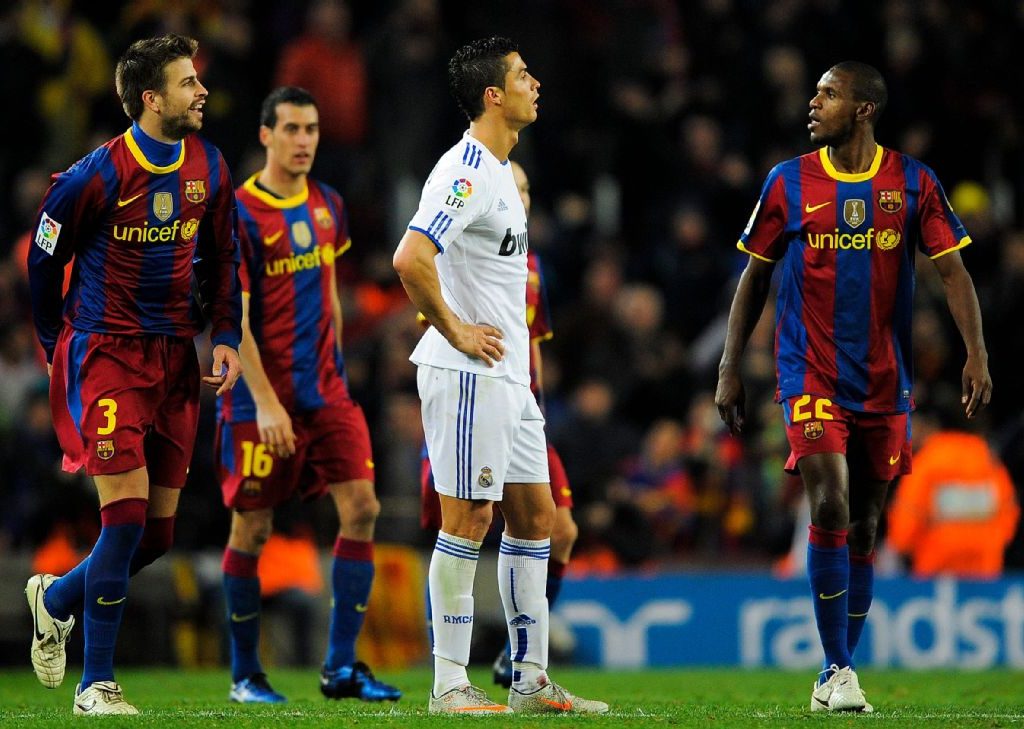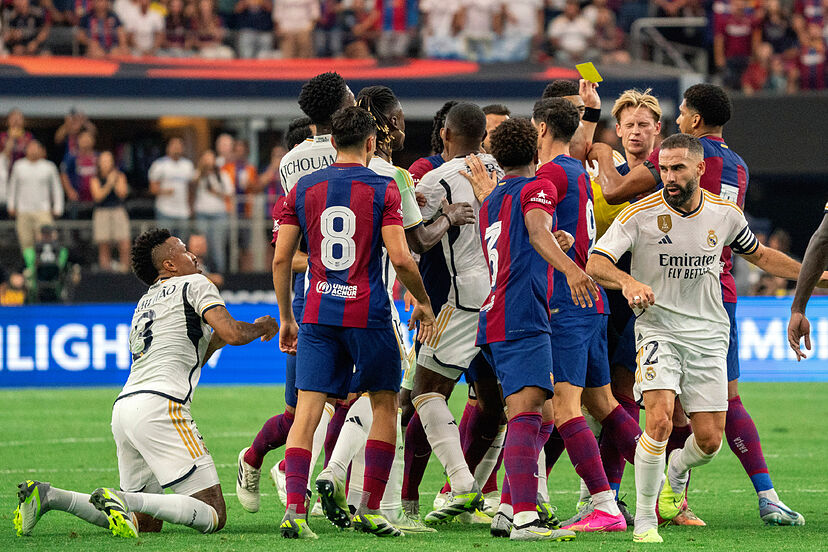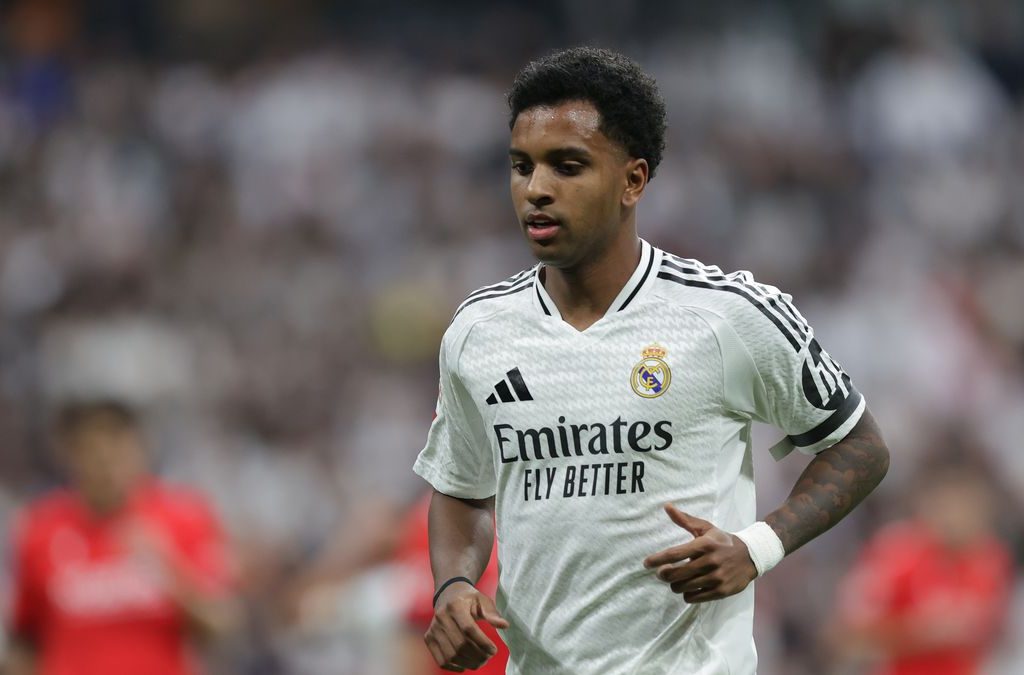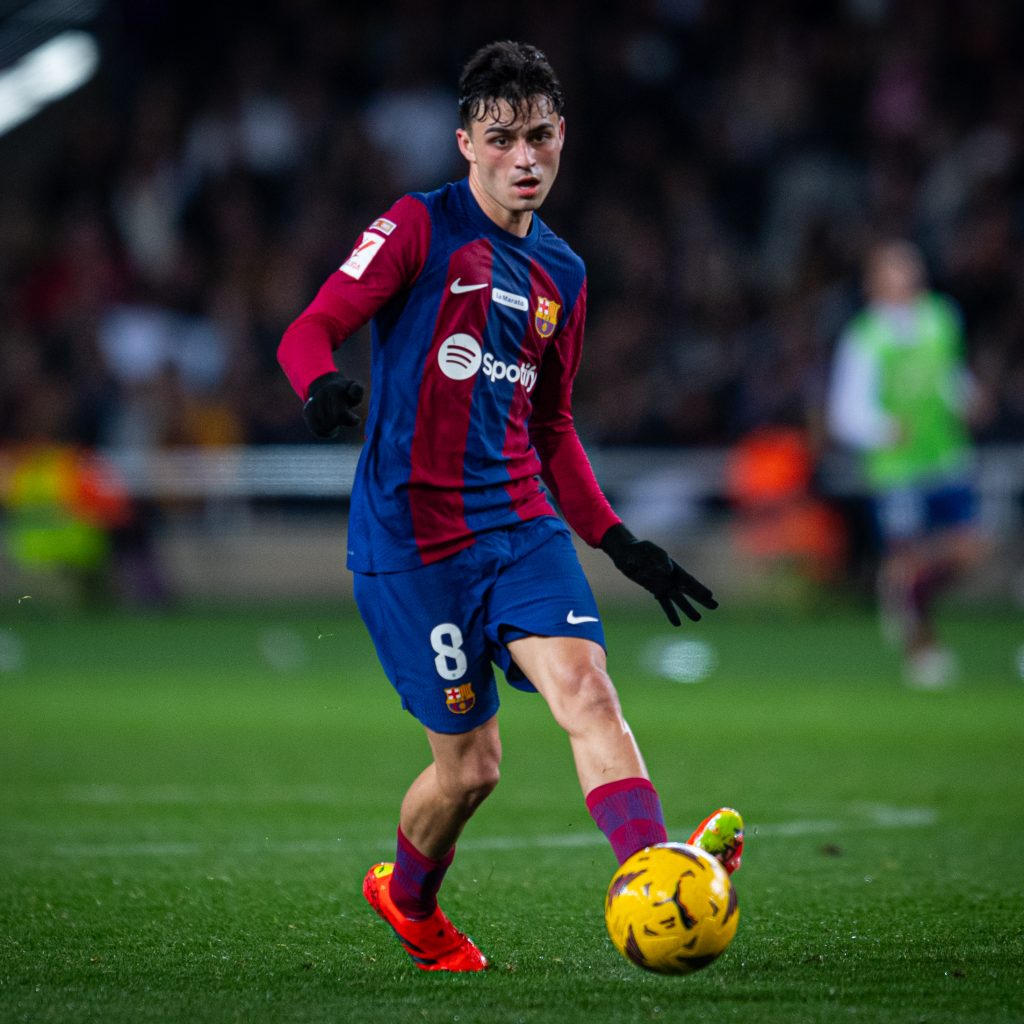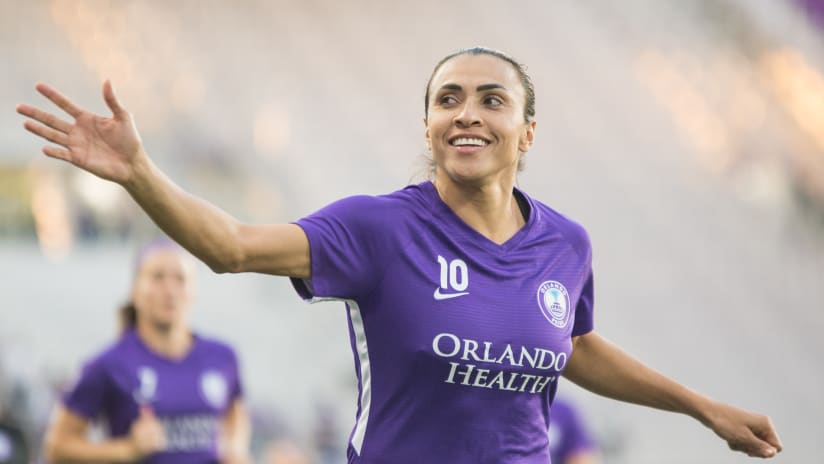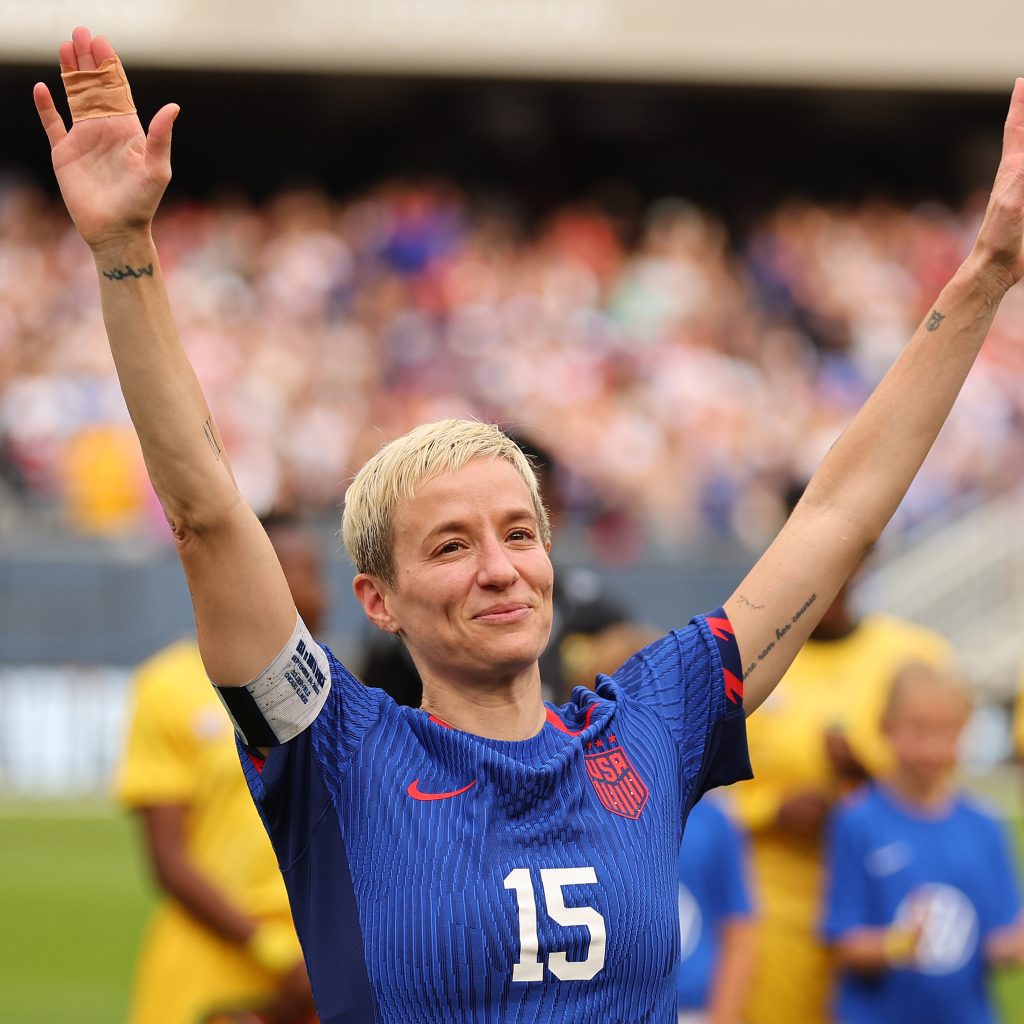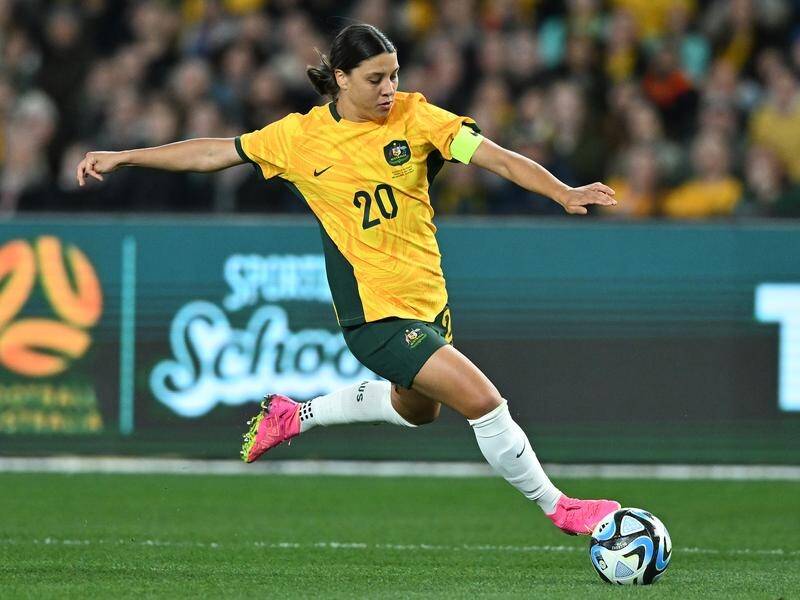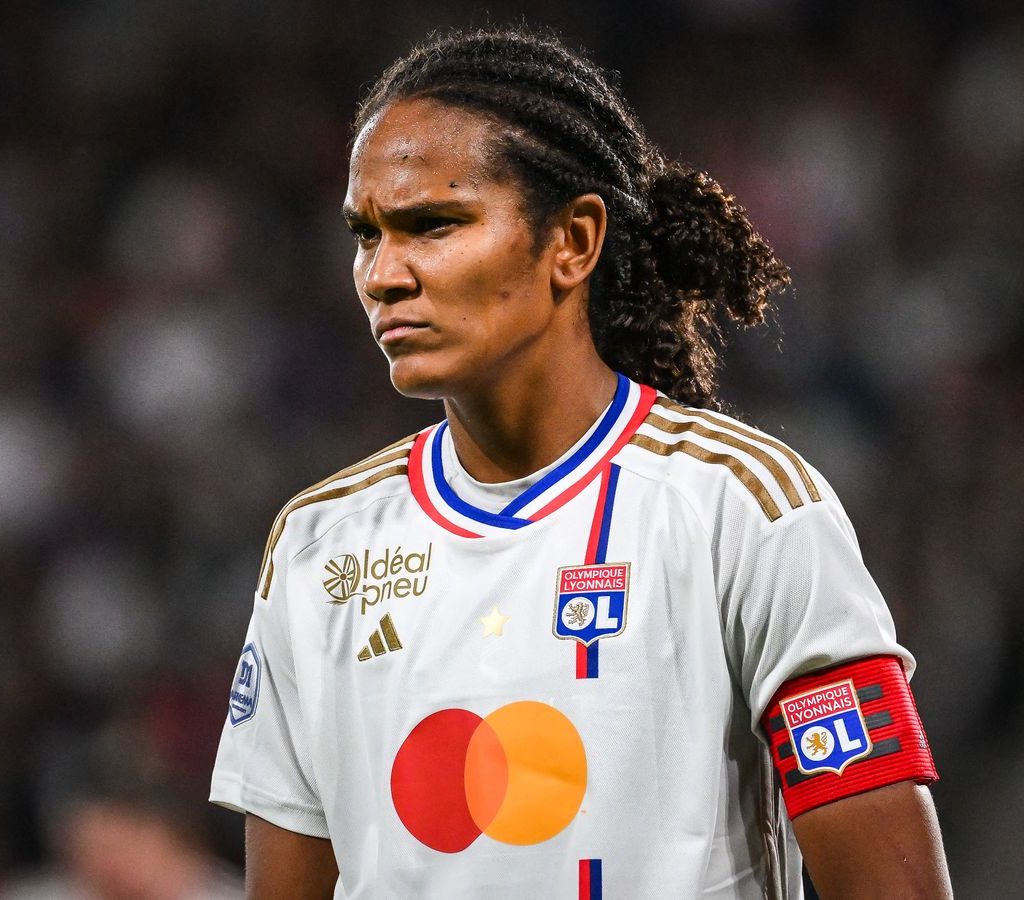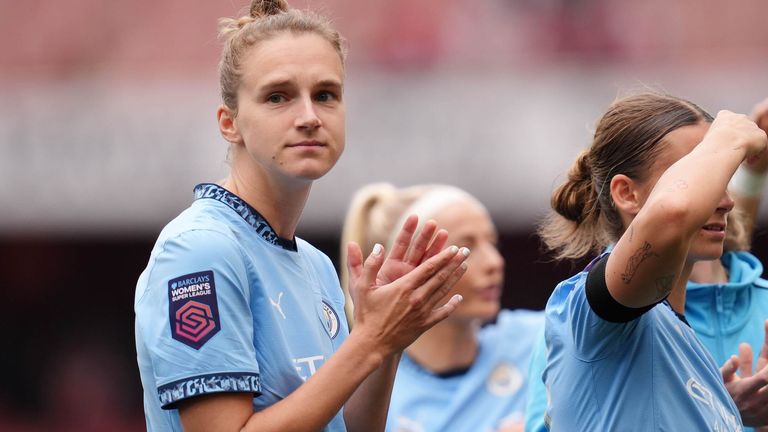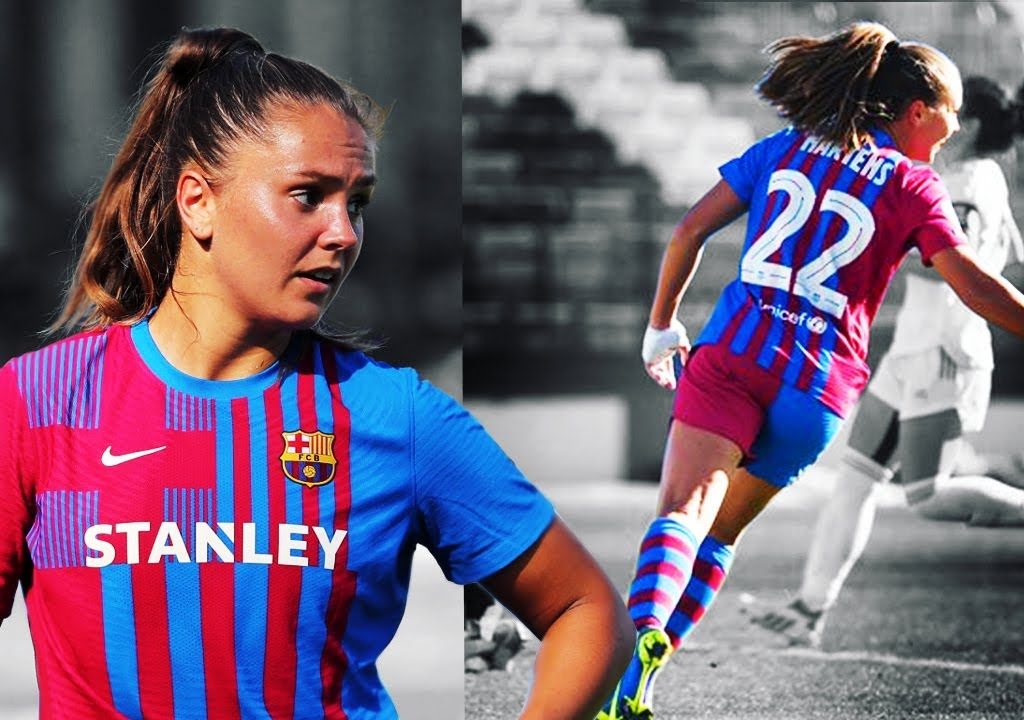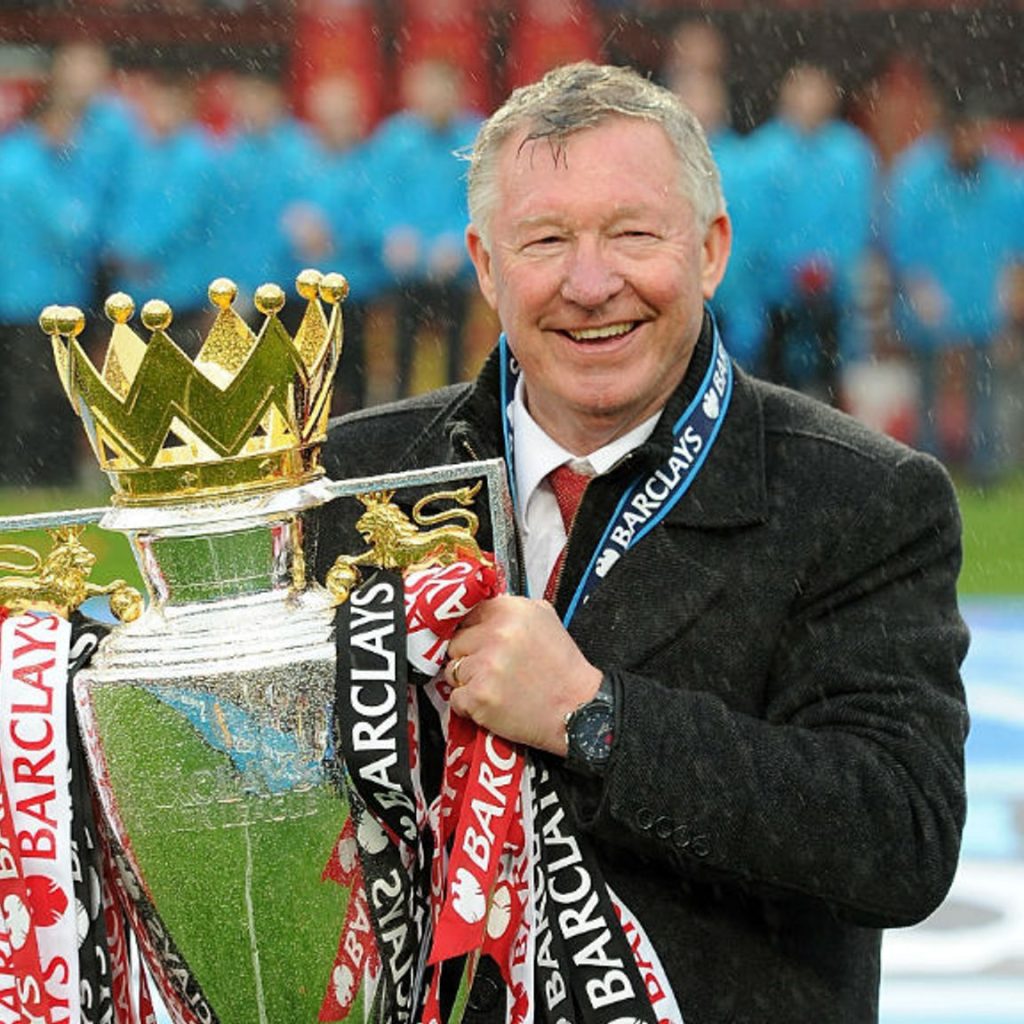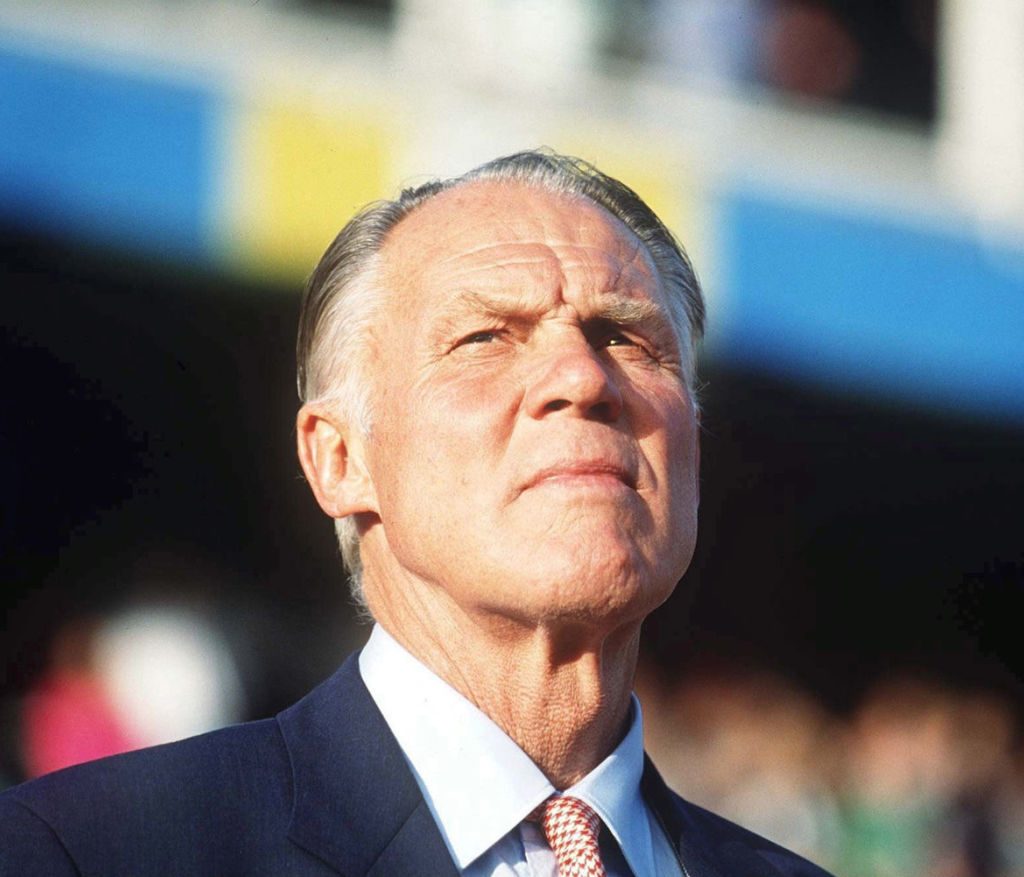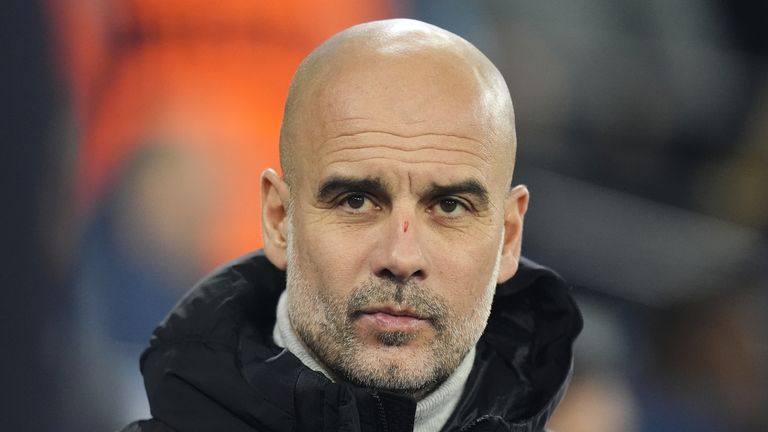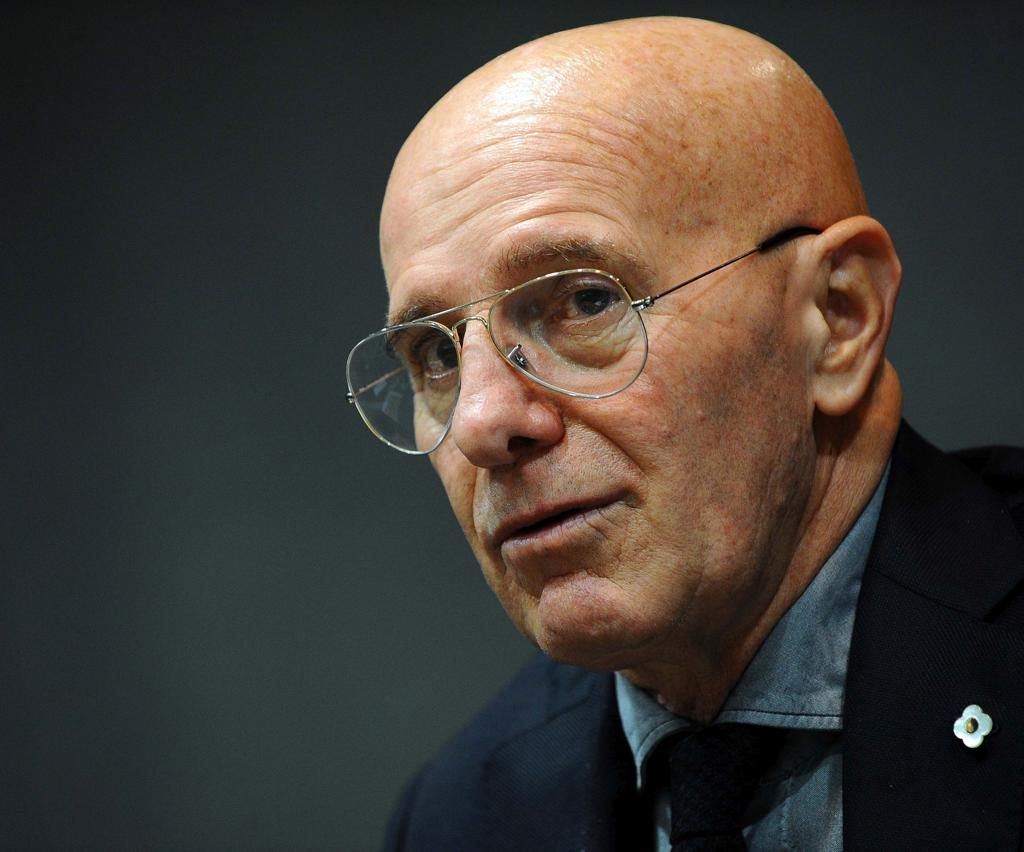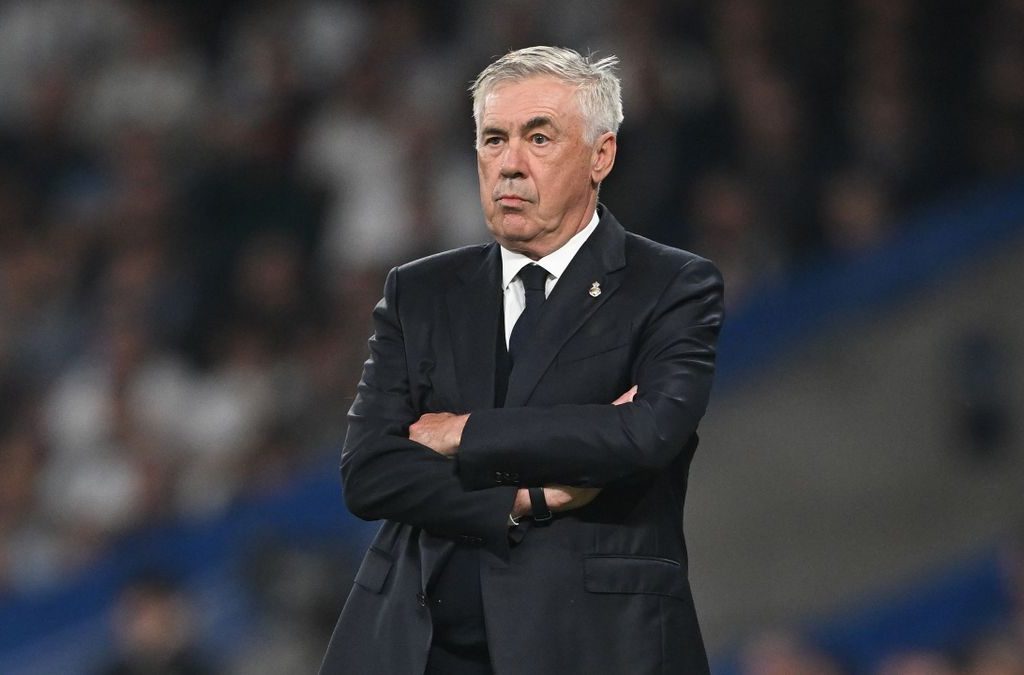In football, the lineup is more than just a list of players; it’s a tactical blueprint that can dictate the flow and outcome of the game. Managers meticulously design lineups to maximize their team’s strengths and exploit the opponent’s weaknesses. Here, we explore the different types of football lineups and the strategies behind them.
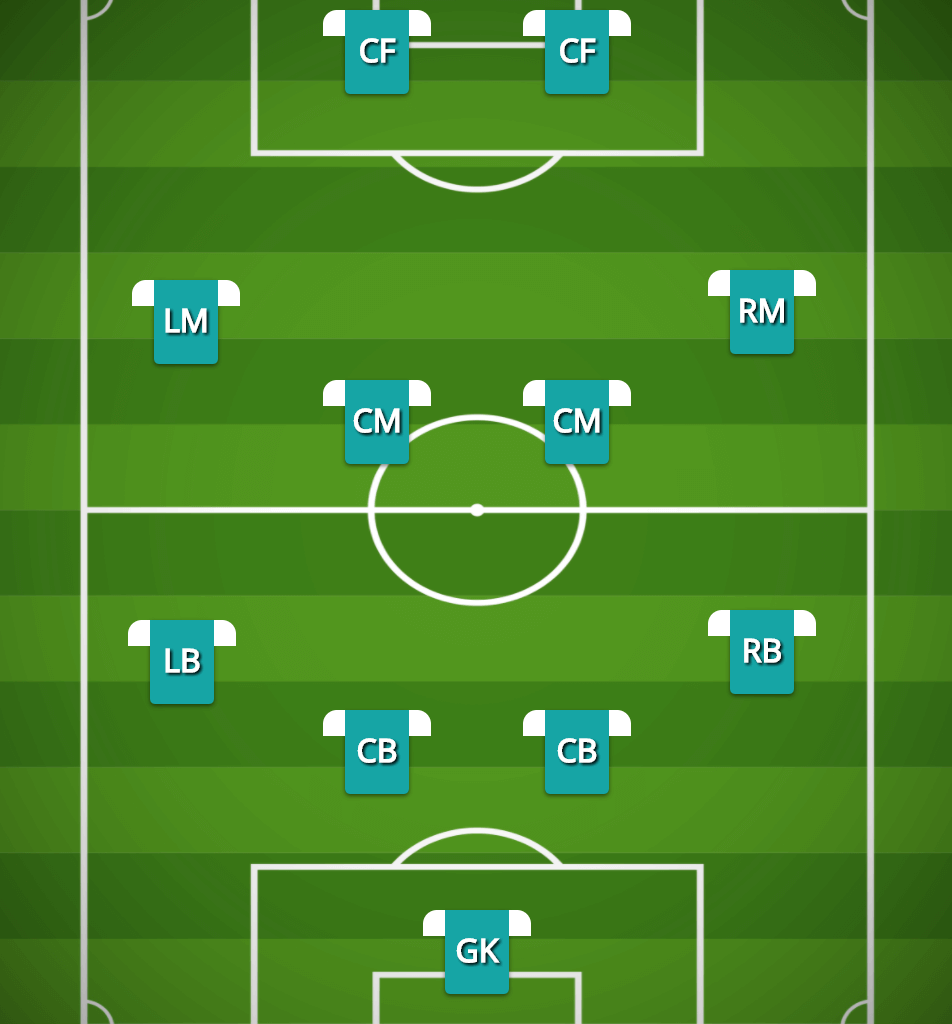
Image Credits: buildlineup.com
The Classic 4-4-2
The 4-4-2 formation is a traditional setup that has been a staple in football for decades. It features four defenders, four midfielders, and two forwards. This formation is known for its balance, providing solid defensive coverage while allowing for effective attacking plays. Teams like Manchester United in the 1990s under Sir Alex Ferguson used this formation to great success, leveraging the combination of wide play and a strong midfield core.
Key Features:
- Defense: Four defenders provide stability and protection against opposing attacks.
- Midfield: The midfield quartet can control the game, offering both defensive support and offensive creativity.
- Attack: Two strikers can work in tandem to penetrate the opponent’s defense.

Image Credits: soccerwizdom
The Dynamic 4-3-3
The 4-3-3 formation is popular for its attacking prowess and flexibility. With four defenders, three midfielders, and three forwards, it emphasizes wide play and high pressing. This formation was famously used by Pep Guardiola’s Barcelona, where the attacking trio of Lionel Messi, Pedro, and David Villa wreaked havoc on defenses.
Key Features:
- Defense: Four defenders with full-backs who can advance to support attacks.
- Midfield: Three midfielders, often including a defensive anchor and two creative playmakers.
- Attack: Three forwards, typically including wingers who can stretch the field and a central striker.
The Tactical 3-5-2
The 3-5-2 formation focuses on midfield dominance and flexibility in defense and attack. With three central defenders, five midfielders, and two forwards, this formation allows for fluid transitions between defensive and offensive phases. Antonio Conte’s Juventus and Chelsea teams showcased the effectiveness of this setup, utilizing wing-backs to provide width.
Key Features:
- Defense: Three central defenders provide solidity, while wing-backs offer additional defensive cover.
- Midfield: Five midfielders, with wing-backs contributing to both defense and attack.
Attack: Two forwards who can link up with the midfield and create scoring opportunities.
The Versatile 4-2-3-1
The 4-2-3-1 formation is favored for its versatility and balance between defense and attack. It consists of four defenders, two defensive midfielders, three attacking midfielders, and a lone striker. This formation has been employed by many successful teams, including Real Madrid and Bayern Munich, providing a strong defensive base and dynamic attacking options.
Key Features:
- Defense: Four defenders and two defensive midfielders offer robust defensive support.
- Midfield: Three attacking midfielders can create and exploit spaces, supported by the defensive midfielders.
Attack: A lone striker who can hold up play and finish chances created by the attacking midfielders.
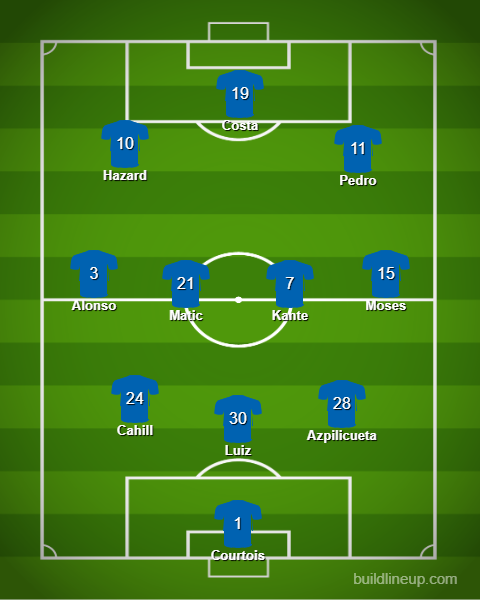
Image Credits: jobsinfootball
The Innovative 3-4-3
The 3-4-3 formation is an attack-oriented setup that emphasizes width and high pressing. With three central defenders, four midfielders, and three forwards, it offers multiple attacking options and overloads on the wings. Teams like Chelsea under Thomas Tuchel and Belgium’s national team have utilized this formation to great effect.
Key Features:
- Defense: Three central defenders, with wing-backs contributing to both defense and attack.
- Midfield: Four midfielders, including wing-backs who can advance and support the attack.
- Attack: Three forwards, often including wingers who can cut inside and a central striker.
Conclusion
Football lineups are a crucial aspect of the game, reflecting the tactical philosophies and strategic decisions of managers. Each formation has its strengths and can be adapted based on the team’s style and the opponent’s weaknesses. Understanding these lineups adds an extra layer of appreciation for the tactical battles that unfold on the pitch, showcasing the intricate art of football management. Join us at GoalKick Football Academy and pick up these formations from our coaches!


